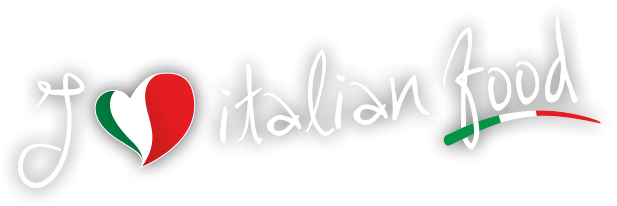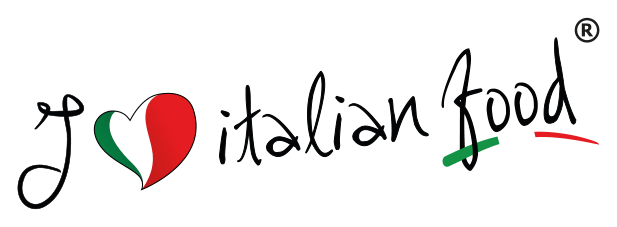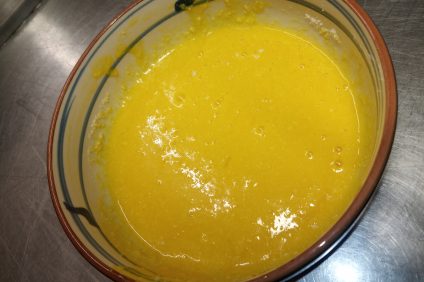Italy has strengths and weaknesses just like all the countries of the world. And if debates, discussions are on the agenda, there is certainly a topic on which we all agree. We are talking about ours kitchen. Considered among the best in the world, is rich in numerous regional nuances such as to make us lose in a journey of taste which ranges from north to south. So let's try to let ourselves be delighted by an explosion of flavors to discover the hidden secrets of a Italian classic. The Milanese risotto.
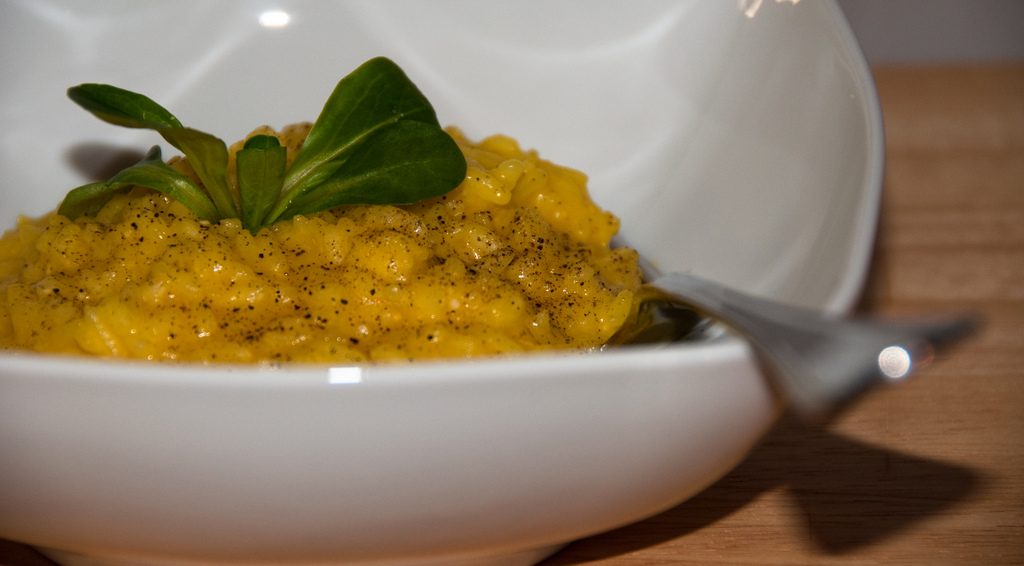
When, where and why
We are really there home of good food. Undoubtedly, you eat well at the restaurant but even home cooking is no joke! Sitting at the table of any Italian family we will be guaranteed to savor simple but tasty dishes. Of course there are endless recipes but today we will try to know the secrets of a very popular dish. The Milanese risotto. When, where and why? These are the three questions we will try to answer. To do this we must take a leap into the Milano of 1574 where Mastro Valerio di Fiandra is engaged in the realization of the stained glass windows of the Cathedral.

He has an assistant as his assistant whose nickname is "SaffronBecause of his habit of adding a few drops of the precious spice to the colors. An important addition to make the tones more brilliant. The habit turns into a vice to the point that many start joking about it saying that at that rate the young man would end up putting saffron even on the plate. No sooner said than done! On 8 September 1574, on the occasion of the wedding of Mastro Valerio's daughter, the boy asks the cook of the banquet to add a little saffron to the rice. Thus was born the first saffron risotto.
Documented recipe
Certainly that first dish of saffron risotto aroused a lot of surprise. The golden color made it palatable to the eye not to mention the flavor. However, if it is true that there is a manuscript kept at the Trivulziana Library, the origin of the Milanese risotto remains wrapped in an aura of legend. In fact, we have to wait until 1800 to read them first recipes that explain a saffron risotto very similar to how we cook it today.

Especially this is true for the creaming, “The unknown one” at least until the second half of the 700th century. Before that period, in fact, rice was simply boiled in water. A big news can be read in the recipe book of Antonio Fog in 1779 when finally we talk about rice fried in butter and soaked in broth. In the years to come, all those ingredients that today make up the complete risotto recipe are gradually added. In order of time: onion to complete the sauce, saffron to flavor and color, nutmeg and grated cheese to conclude. For the wine instead we have to wait until the early 900s. Furthermore, it should not be forgotten that originally the Milanese risotto was intended as a side dish toOsso Buco, as it is still served in some trattorias in respect of the seeds .
The protagonists of the risotto
Certainly the fundamental ingredients for a dish of this type are essentially two: rice and saffron. And even if today when we say "risotto in yellow“The recall is immediately in Milan, it should not be forgotten that the two main ingredients come from abroad. Let's quickly try to follow its journey by moving across the border. First of all the rice. Brought in Southern Italy from the Saracens during the medieval conquests, it reaches the northern regions thanks to the relationships between ducal families.
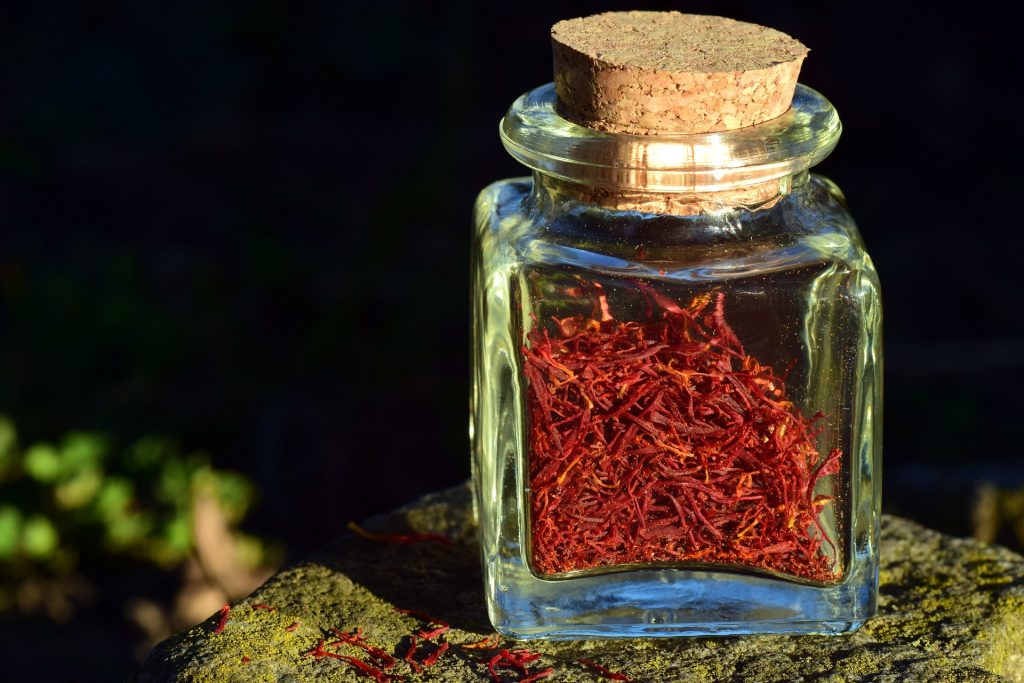
are the Sforza to favor its diffusion in Po Valley, a more than suitable environment thanks to its marshy conformation. A similar story is the one that also affects saffron. Originally grown in Middle East Asia, the spice arrived in Europe in the seventh century. It is again the Arabs who bring it in Spain during the period of the caliphate. From here the step towards Italy is rapid. The name "saffron" itself comes from the Arabic "to the zafaran”Or from the Persian“ zaafran ”. The exchange of knowledge and products between different peoples is at the basis of the origin of many things but certainly at the Milanese city goes the credit of the recipe a classic in ours kitchen. The Milanese risotto.

